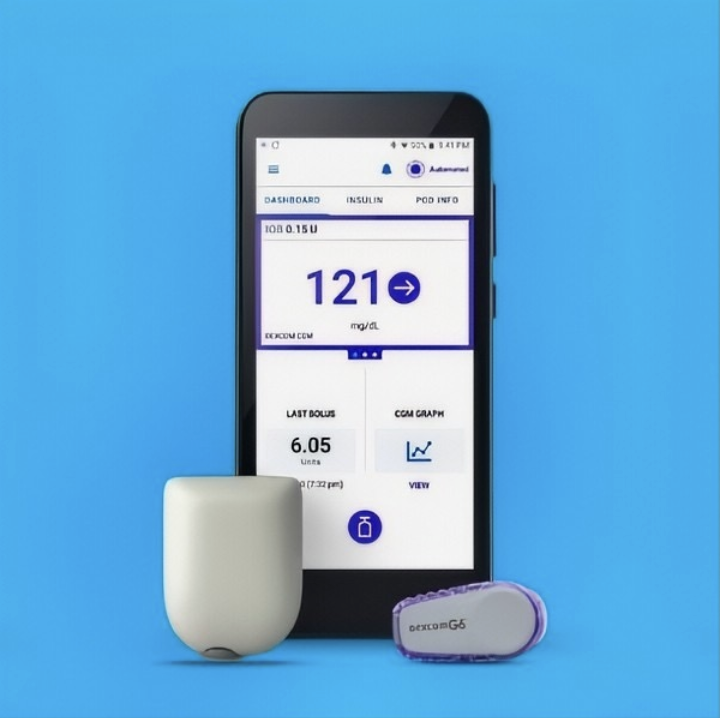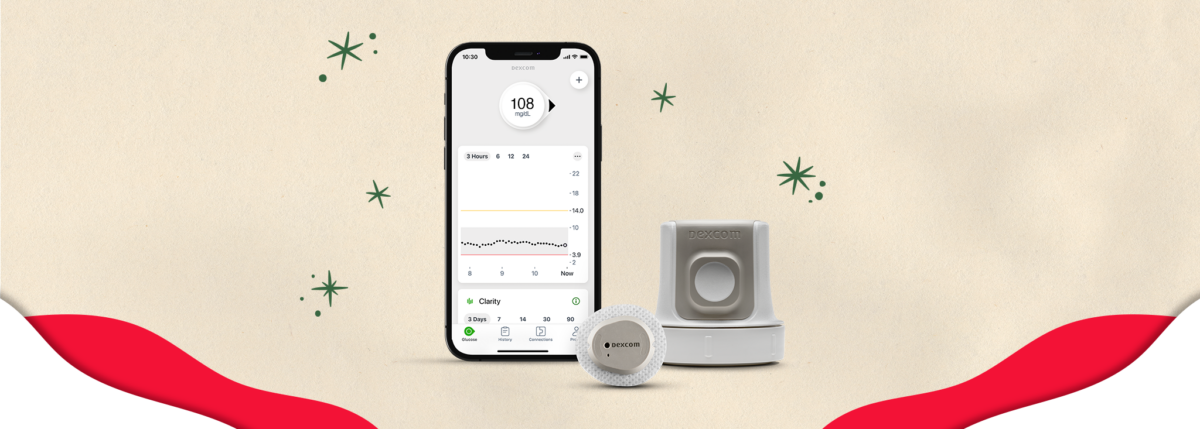I was diagnosed with type 1 diabetes (T1D) in 2014 at age 23. Like half of all people with T1D, I was diagnosed as an adult, and adapting to this new life came with a steep learning curve. Managing diabetes feels like a full-time job, but tools like continuous glucose monitors (CGMs) have been game-changers in helping me stay on top of my real-time glucose tracking.
Learning to live with diabetes
For me, managing diabetes meant learning carb counting, pre-bolusing insulin, foods to avoid, and even split-bolusing for pizza (life-saving!). Those were the early days, filled with trial and error.
At work, I’d sit through meetings struggling with hypoglycemia because I didn’t want to disrupt the flow. I’d rush to check my glucose afterward, often feeling embarrassed for holding back. It was a similar story in social settings—I canceled plans or left dinners early when my glucose wasn’t cooperating.
We all take our time learning to live with diabetes. For me, sharing my diagnosis with others also took time.
Glucose readings became my routine
I started noticing how simple daily activities impacted my glucose—everything from exercise to hormonal changes during my cycle required adjustment. I tested before, during, and after activity to learn how different exercises affected me.
Diabetes management isn’t passive; it’s a constant, conscious effort. That’s why, five years after diagnosis, I finally agreed to try a CGM after encouragement from my endocrinologist.
Using a CGM was a learning curve
Initially, I was skeptical about CGMs, partly because I wasn’t ready to share my diagnosis openly. But I’d read about their benefits, and eventually, the pros outweighed the cons.
Once I learned to integrate CGM data into my routine, it became a powerful tool for managing my diabetes. Here’s why I love using a CGM:
- Daily Glucose Graphs: Seeing 24-hour trends helps identify patterns unique to my body.
- Fewer Finger Pricks: I used to test my glucose 8–10 times daily. Now, I only prick to calibrate the sensor.
- Convenience: Whether at work or traveling, checking my numbers is quick, discreet, and stress-free.
- Diabetes Journal: I save CGM reports to share with my endocrinologist, making appointments more productive.
How CGM has improved my diabetes management
CGMs have transformed my approach to managing diabetes in three major ways:
- Data-Driven Decisions: Trends help me calculate insulin doses more precisely. For example, I adjust based on patterns from fasting readings or post-meal levels.
- Food Insights: My CGM revealed how specific foods affect me. For example, proteins like paneer cause delayed spikes hours after eating, so I now split bolus.
- Family Support: My loved ones can follow my real-time glucose levels, providing peace of mind and extra support.
CGM Data and Endo Appointments
My CGM data makes endocrinologist appointments more effective. By combining CGM graphs with my food logs, we pinpoint patterns and adjust strategies. While there’s no explanation for every spike or drop, the insights are invaluable.
Still Discovering Benefits
Recently, I switched from insulin pens to a pump. Using my CGM alongside the pump has been crucial for fine-tuning my basal insulin. This combo has helped me achieve a time-in-range of 85%, and I’m determined to improve further.
CGMs do more than manage diabetes—they spark awareness and conversation about living with T1D. I’m grateful for the journey that led me here.
This content was made possible by Abbott, a Founding Partner of Beyond Type 1. Beyond Type 1 maintains editorial control over its content.





